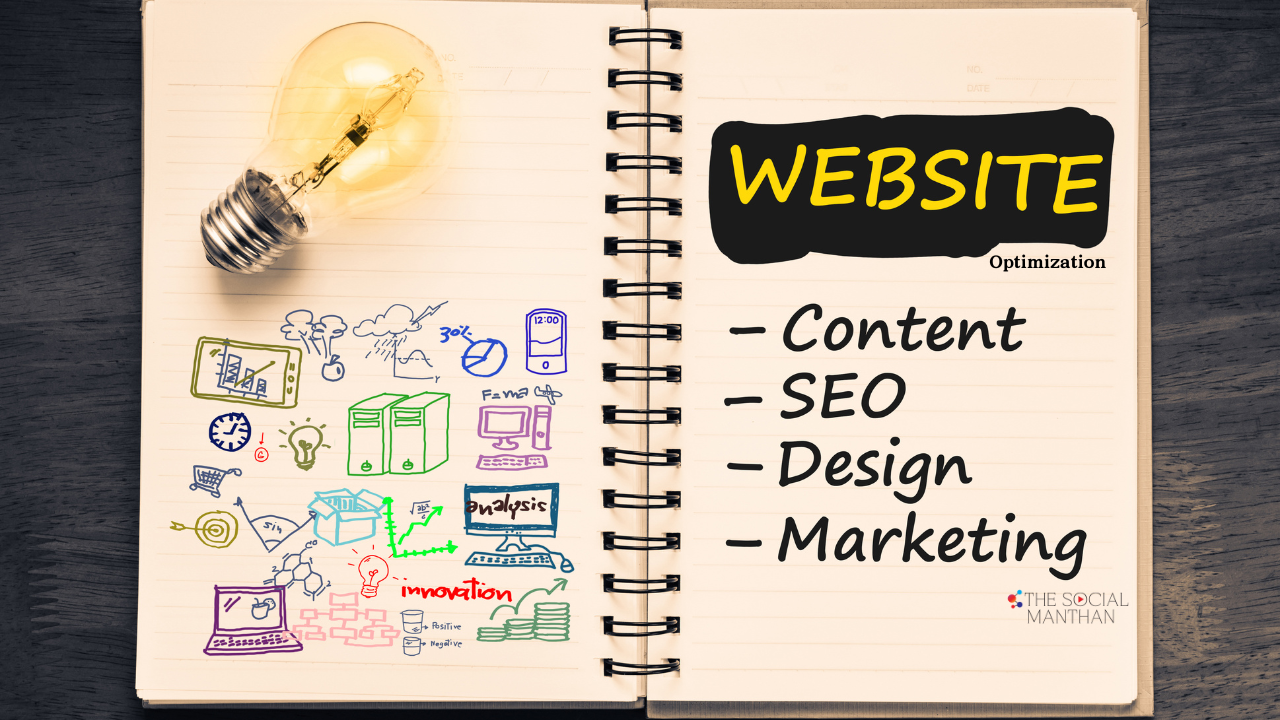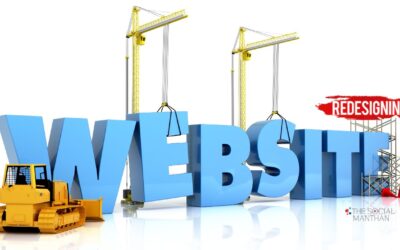In the competitive world of online business, your website is more than just a digital brochure—it’s a crucial platform for attracting, engaging, and converting customers. However, if your website isn’t optimized for user experience (UX), you could be losing potential sales. Website optimization is about more than just speed and aesthetics; it’s about creating an intuitive, seamless experience that encourages visitors to stay longer, engage more, and ultimately make a purchase.
This article will guide you through key strategies to optimize your website for a better user experience and boost your sales.
1. Prioritize Mobile Responsiveness
With more than half of global web traffic coming from mobile devices, ensuring your website is mobile-friendly is no longer optional—it’s essential. A mobile-responsive website adjusts its layout and content to fit the screen size of the device being used, providing an optimal browsing experience for mobile users.
Why It Matters:
- Increased Reach: A mobile-responsive website can reach a larger audience, including those who primarily browse on smartphones and tablets.
- Improved User Experience: Visitors are more likely to stay on your site and explore further if it’s easy to navigate on their mobile device.
- Higher Search Rankings: Google prioritizes mobile-friendly websites in search results, improving your visibility.
Action Steps:
- Use Responsive Design: Implement a responsive design that automatically adjusts your website’s layout and elements based on the device.
- Test on Multiple Devices: Regularly test your website on different mobile devices to ensure a smooth user experience.
- Optimize Touch Elements: Make sure buttons and links are easy to tap, and avoid using large pop-ups that can frustrate mobile users.
2. Improve Website Speed and Performance
Website speed is a critical factor in user experience. A slow-loading website can frustrate visitors, leading to higher bounce rates and lost sales opportunities. In contrast, a fast-loading website keeps users engaged and more likely to convert.
Why It Matters:
- Better User Experience: Fast-loading pages provide a smooth browsing experience, reducing the likelihood of visitors leaving your site.
- Higher Conversion Rates: Studies show that even a one-second delay in page load time can lead to a significant drop in conversions.
- SEO Benefits: Google considers page speed as a ranking factor, so faster websites are more likely to rank higher in search results.
Action Steps:
- Optimize Images: Compress and resize images to reduce load times without sacrificing quality.
- Leverage Browser Caching: Enable browser caching so that frequently accessed resources are stored locally, speeding up load times for returning visitors.
- Minimize HTTP Requests: Reduce the number of elements on your page, such as scripts and images, to speed up loading times.
3. Simplify Navigation
A well-organized, intuitive navigation system is key to helping visitors find what they’re looking for quickly and easily. Complex or confusing navigation can frustrate users, leading to higher bounce rates and lower conversion rates.
Why It Matters:
- Enhanced User Experience: Simplified navigation makes it easier for visitors to explore your site, keeping them engaged longer.
- Increased Sales: When visitors can easily find the products or information they need, they are more likely to make a purchase.
- Lower Bounce Rates: Clear navigation reduces the chances of visitors leaving your site out of frustration.
Action Steps:
- Use a Simple Menu Structure: Limit the number of menu items to the most important pages, and organize them logically.
- Include a Search Bar: A search bar helps users quickly find specific products or information without navigating through multiple pages.
- Implement Breadcrumbs: Breadcrumbs provide a clear path back to the homepage, helping users understand where they are on your site.
4. Enhance Content Readability
Content is king, but if your content is difficult to read or understand, visitors won’t stick around to consume it. Improving the readability of your content involves not just what you say, but how you present it.
Why It Matters:
- Increased Engagement: Readable content encourages visitors to stay longer, explore more pages, and engage with your offerings.
- Better Communication: Clear, concise content helps convey your message effectively, making it easier for visitors to understand your value proposition.
- Higher Conversions: When visitors can easily digest your content, they are more likely to take the desired action, such as making a purchase or signing up for a newsletter.
Action Steps:
- Use Short Paragraphs: Break up text into short, digestible paragraphs to make it easier to read.
- Incorporate Bullet Points: Bullet points and numbered lists help highlight key points and make information more scannable.
- Choose Readable Fonts: Use legible fonts and appropriate font sizes to ensure that your text is easy to read on all devices.
5. Optimize Your Checkout Process
A streamlined checkout process is essential for converting visitors into customers. A complicated or lengthy checkout process can lead to cart abandonment, costing you valuable sales.
Why It Matters:
- Reduced Cart Abandonment: Simplifying the checkout process can significantly reduce the number of customers who abandon their carts before completing a purchase.
- Higher Conversion Rates: A fast, hassle-free checkout experience encourages more visitors to complete their transactions.
- Improved Customer Satisfaction: A smooth checkout process leaves customers with a positive impression of your brand, increasing the likelihood of repeat business.
Action Steps:
- Simplify the Checkout Form: Ask only for essential information and avoid unnecessary fields that can slow down the process.
- Offer Multiple Payment Options: Provide a variety of payment methods to cater to different customer preferences.
- Enable Guest Checkout: Allow customers to check out without creating an account to reduce friction and speed up the process.
Conclusion
Optimizing your website for a better user experience is crucial for boosting sales and driving business growth. By prioritizing mobile responsiveness, improving website speed, simplifying navigation, enhancing content readability, and streamlining the checkout process, you can create a seamless, enjoyable experience that keeps visitors engaged and converts them into loyal customers.
Remember, website optimization is an ongoing process. Continuously analyze user behavior, gather feedback, and make data-driven adjustments to ensure your website remains effective in delivering a top-notch user experience and driving sales.






